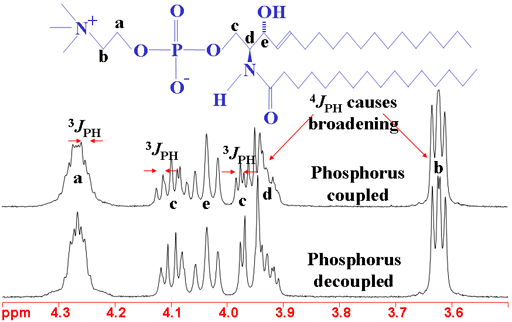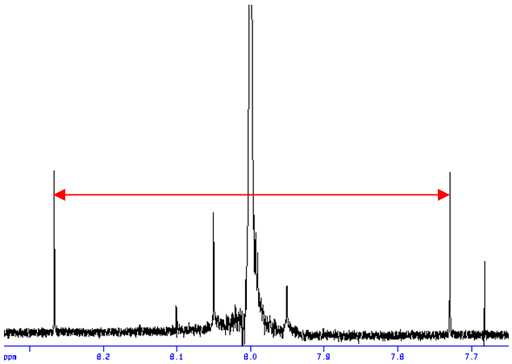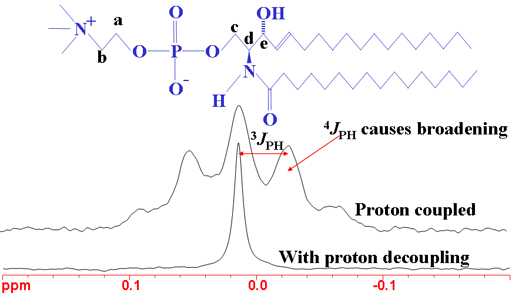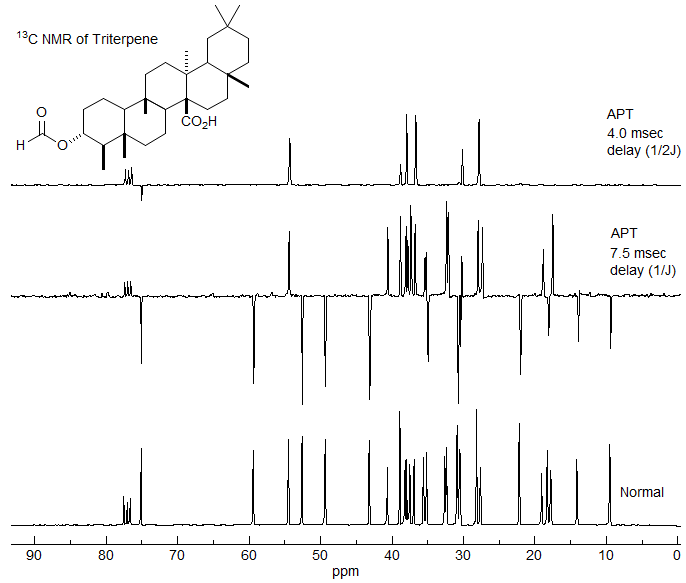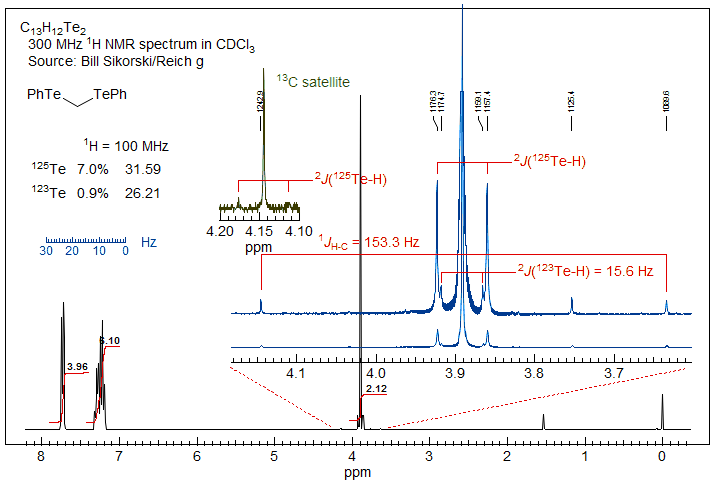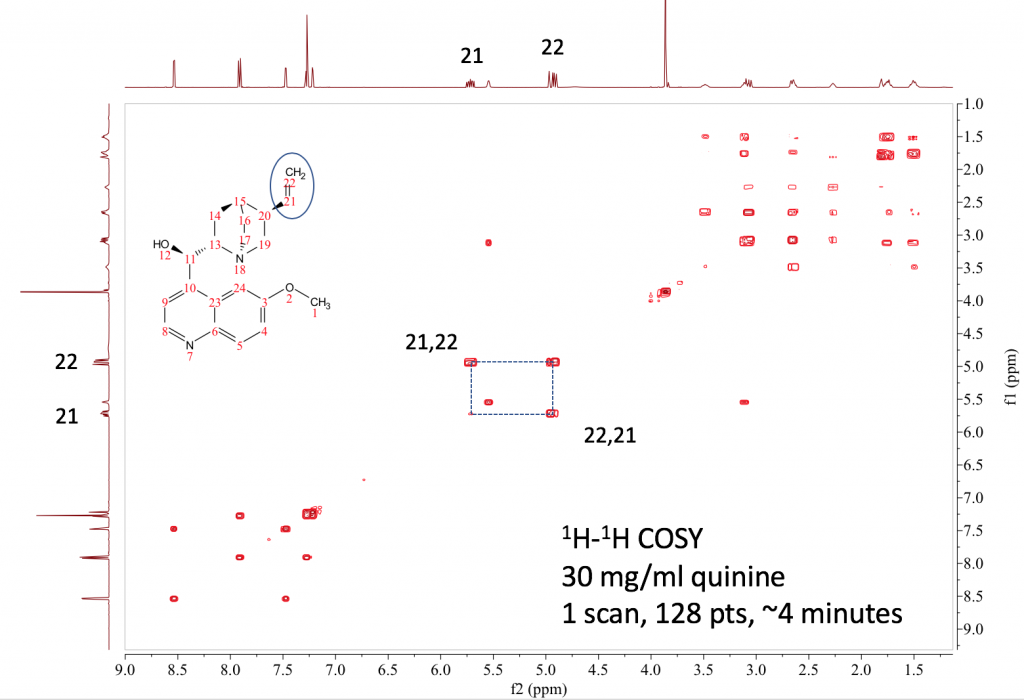
On the utility of nonuniformly sampled two‐dimensional NMR spectra in the pharmaceutical industry - Szigetvári - 2021 - Magnetic Resonance in Chemistry - Wiley Online Library

Some aspects of the NMR chemical shift/structure correlation in the structural characterization of polymers and biopolymers | Polymer Journal

Proton-detected 3D 1H/13C/1H correlation experiment for structural analysis in rigid solids under ultrafast-MAS above 60 kHz: The Journal of Chemical Physics: Vol 143, No 16
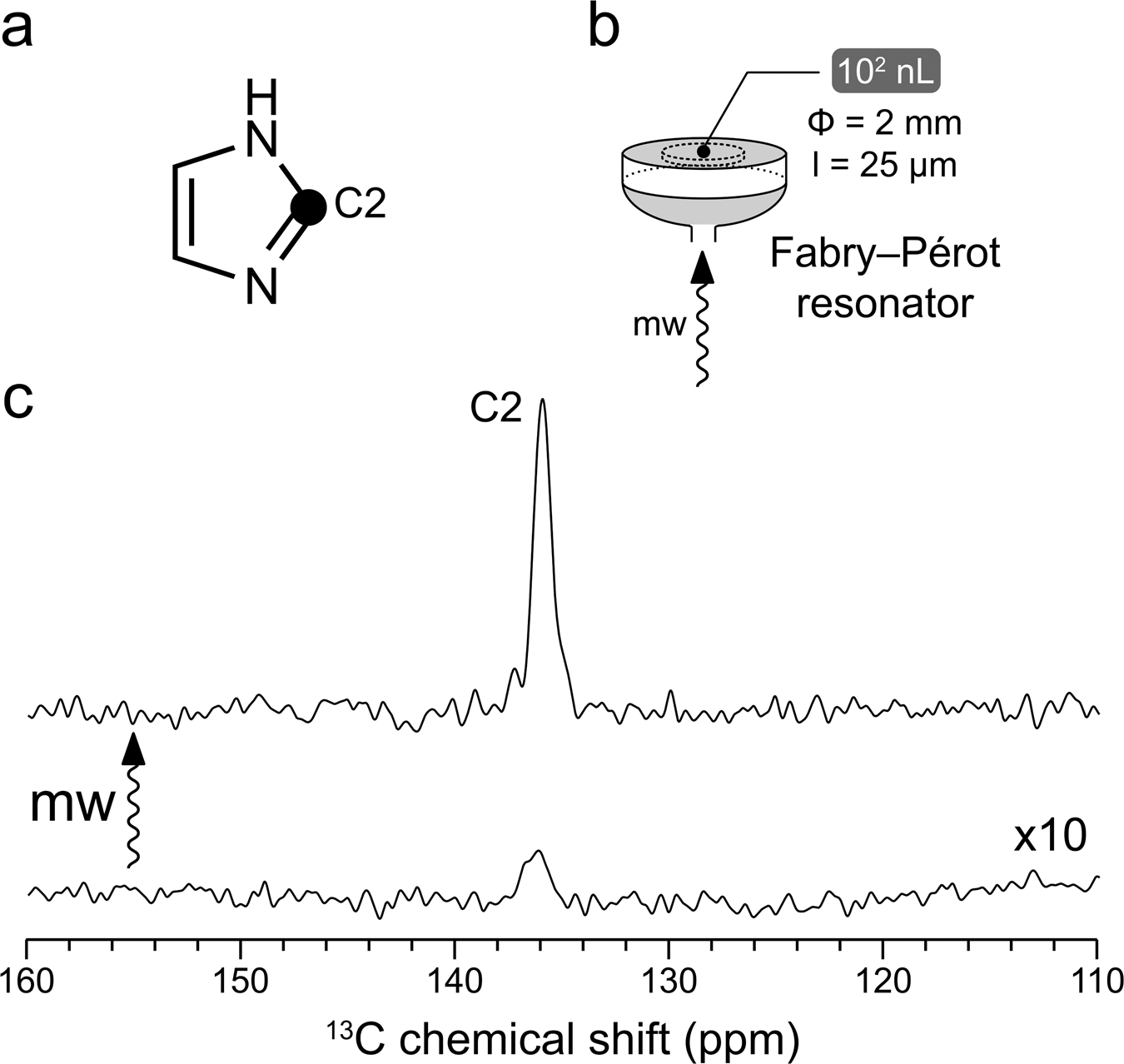
Room-temperature dynamic nuclear polarization enhanced NMR spectroscopy of small biological molecules in water | Nature Communications
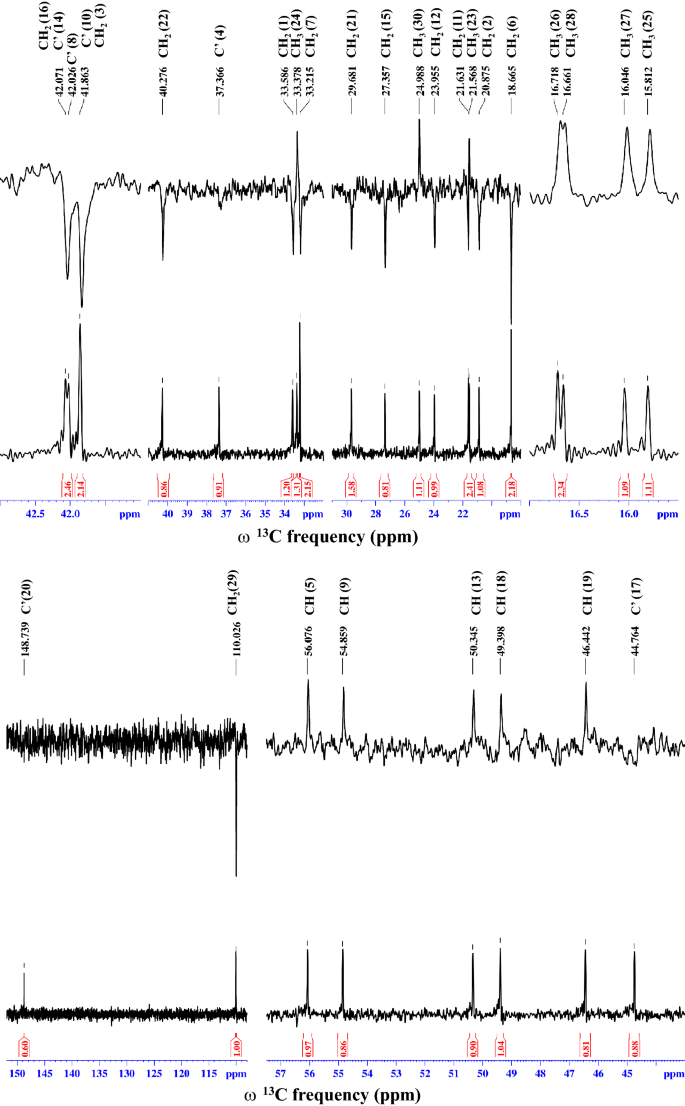
Nuclear magnetic resonance assignment strategy for pentacyclic triterpenes, using lup-20(29)-ene from Pilotrichella flexilis as model system, combining spectrally filtered proton-to-carbon schemes and DFT–GIAO approach | Applied Biological Chemistry ...







